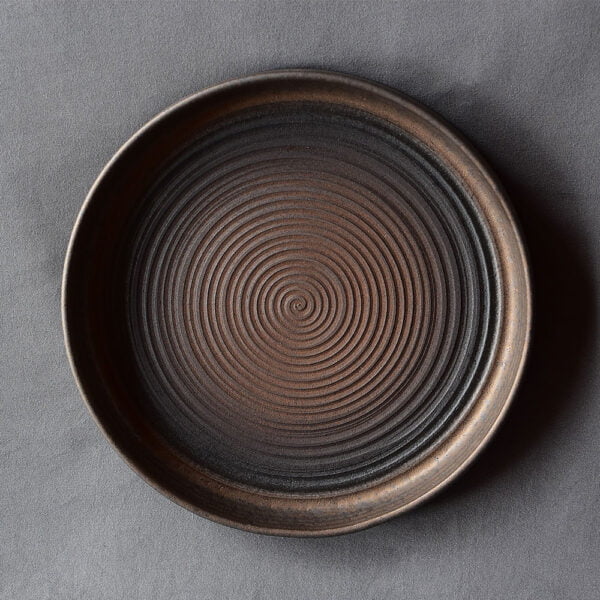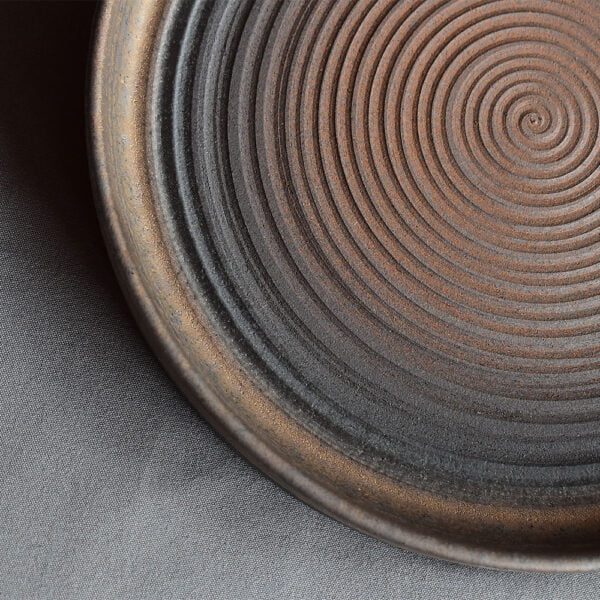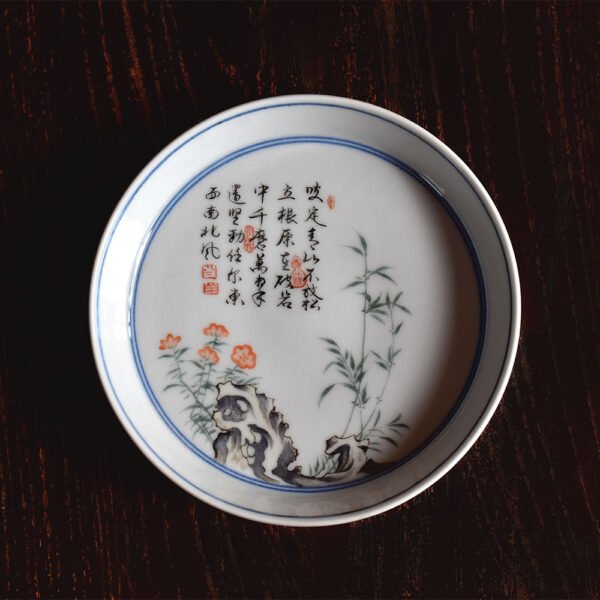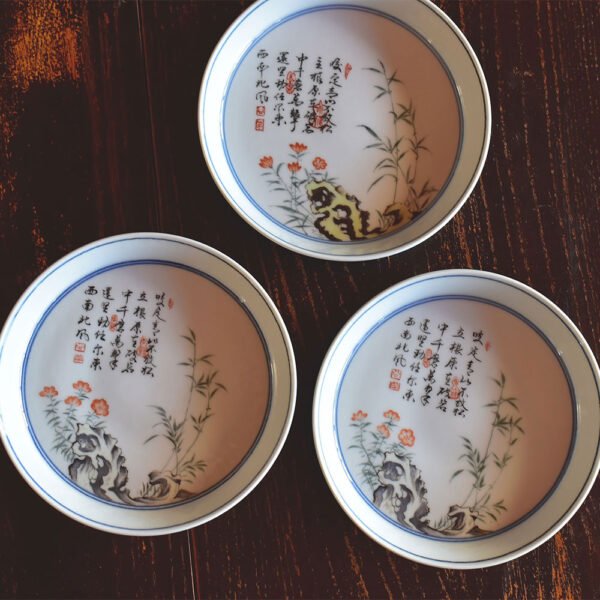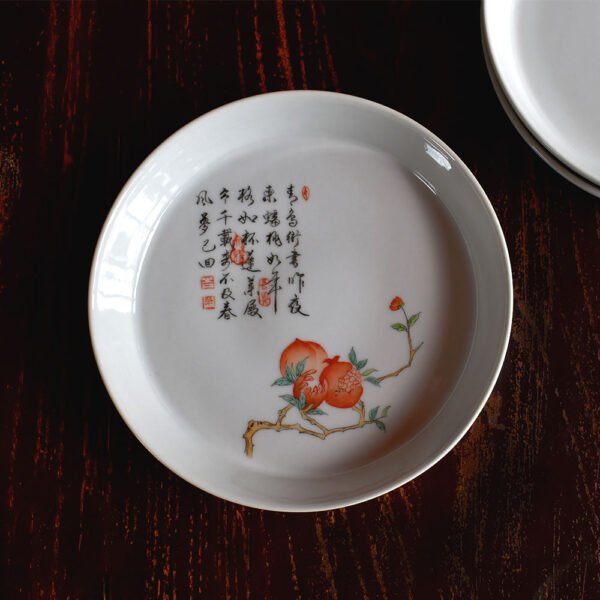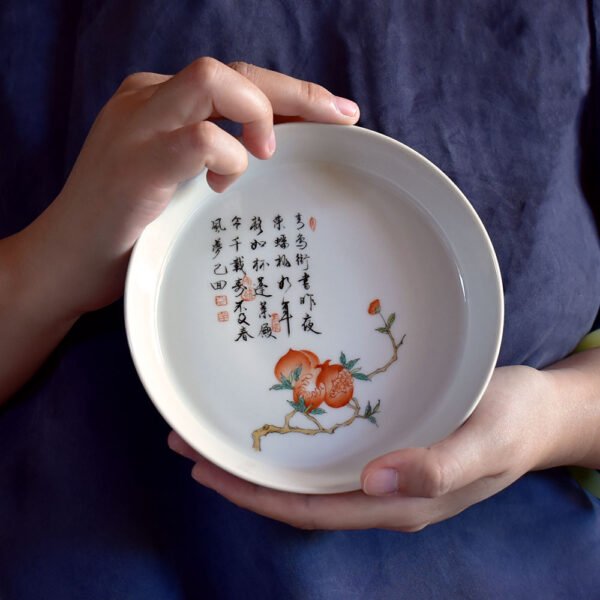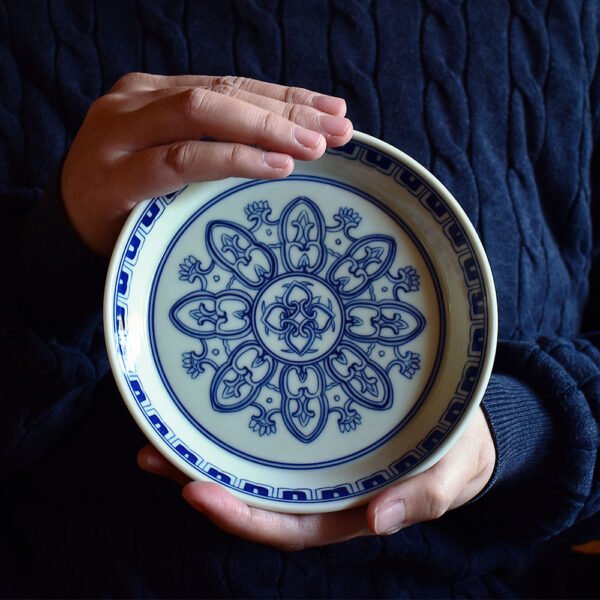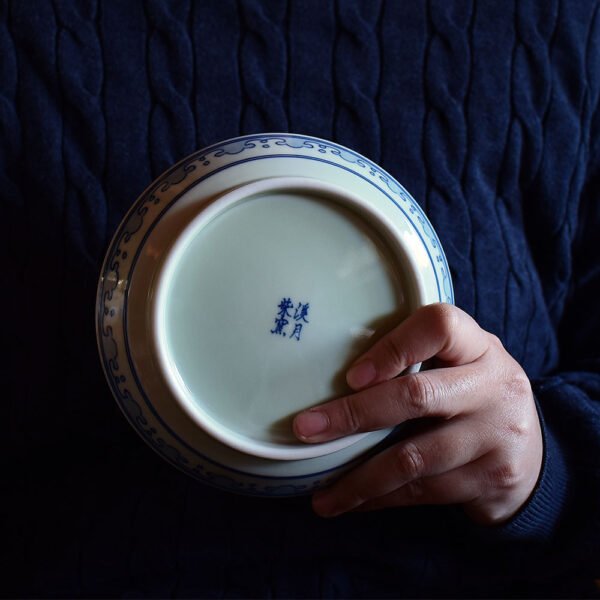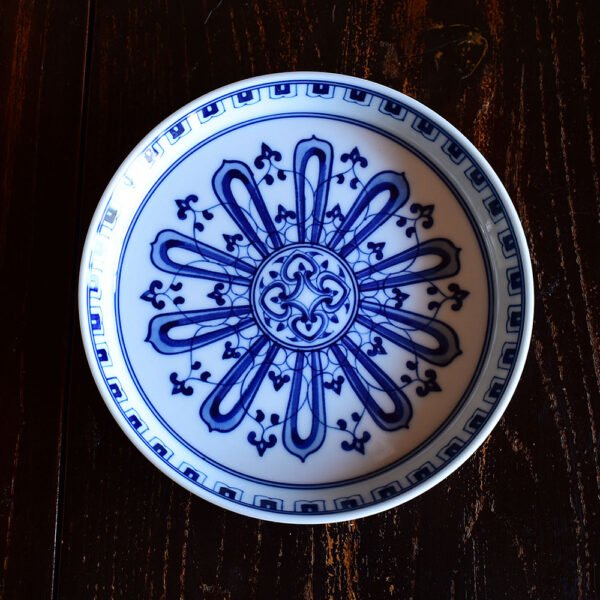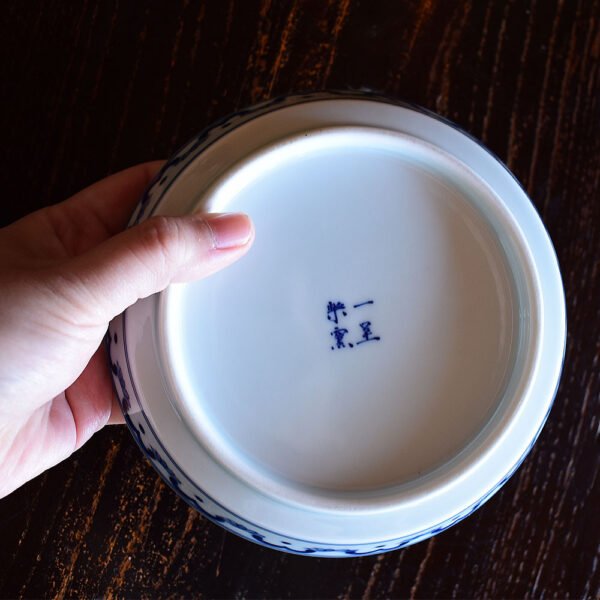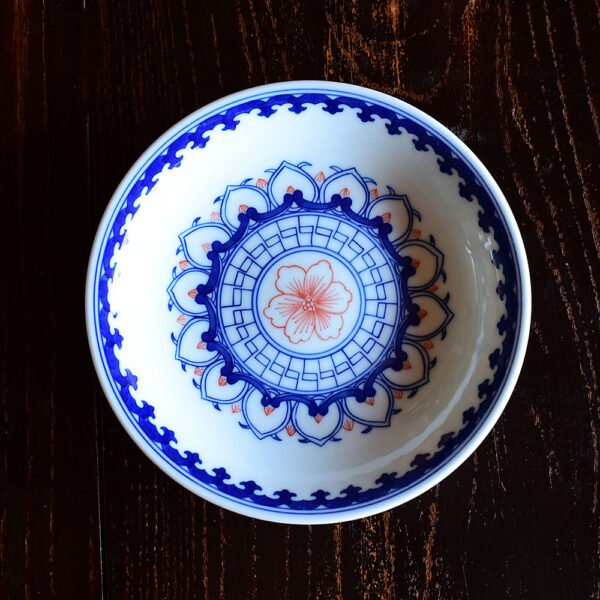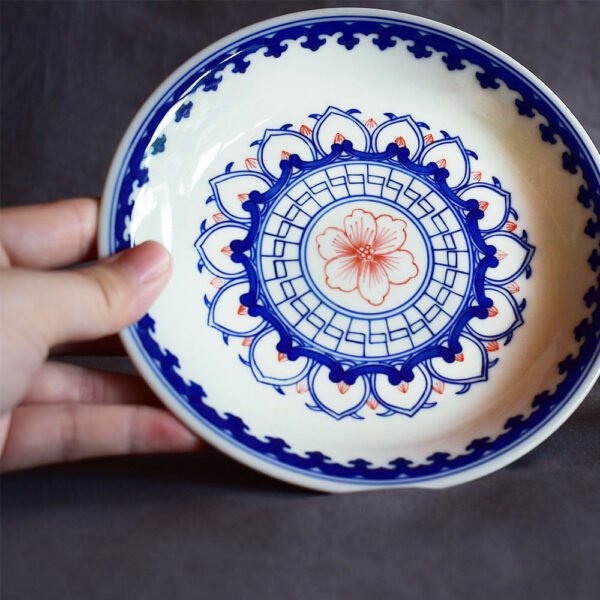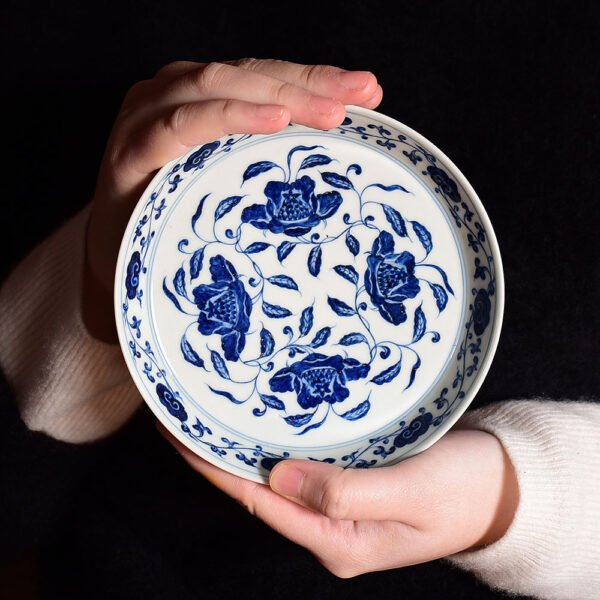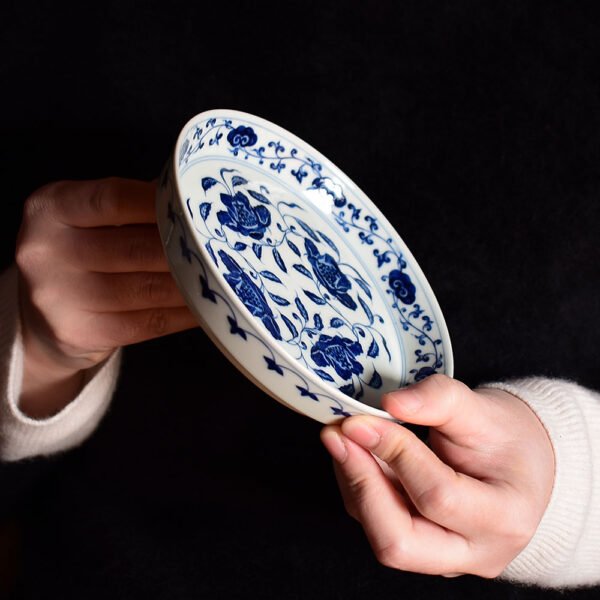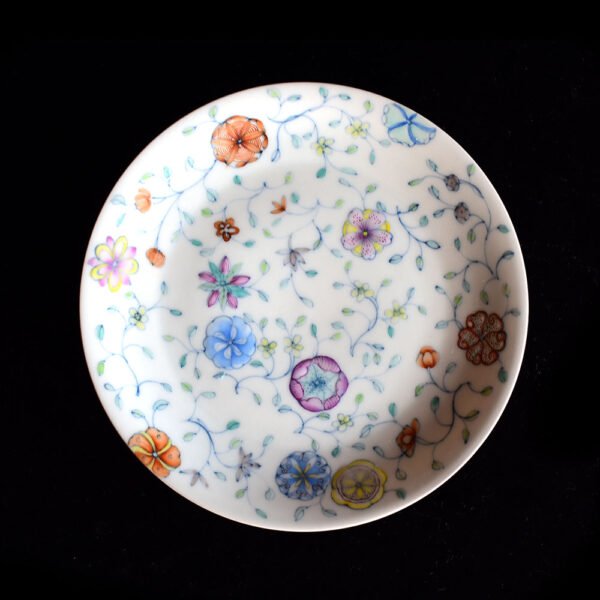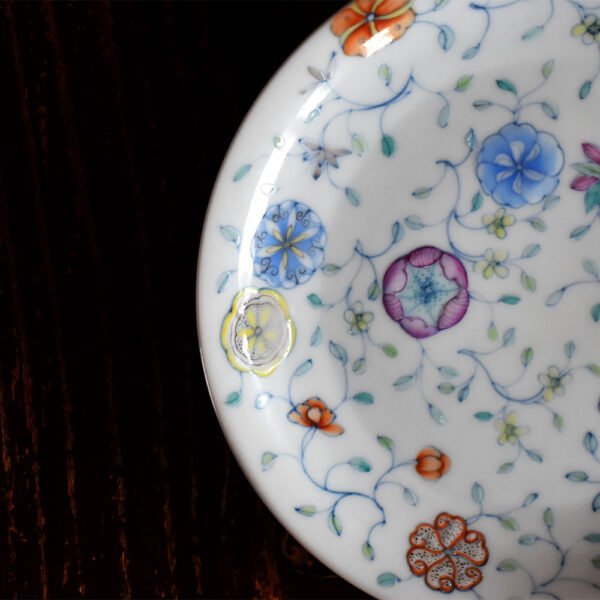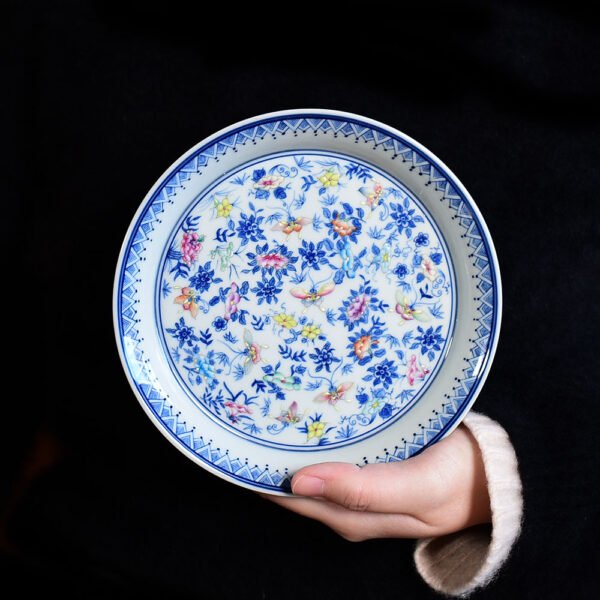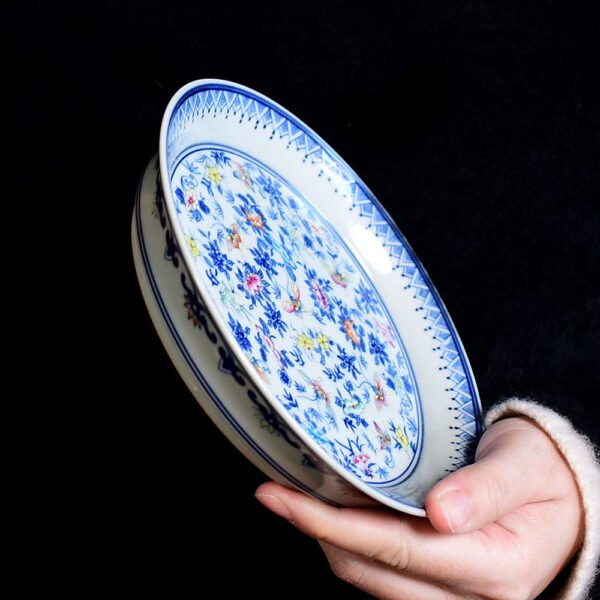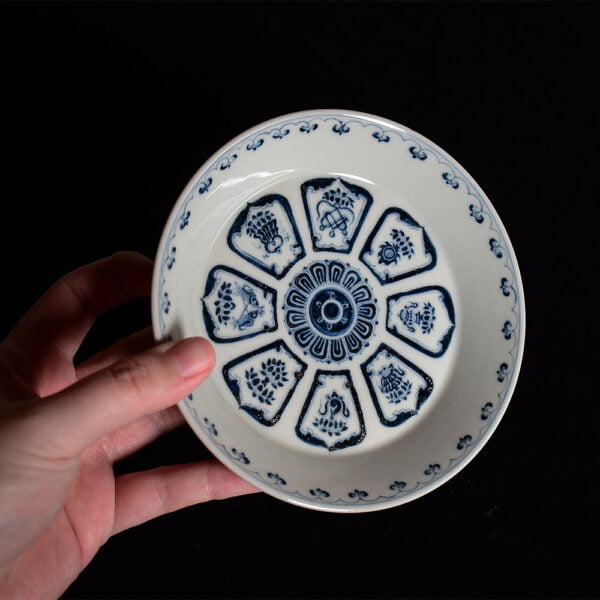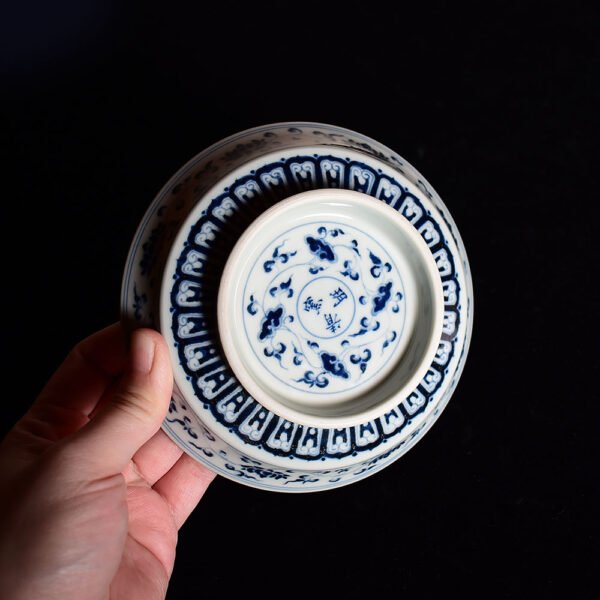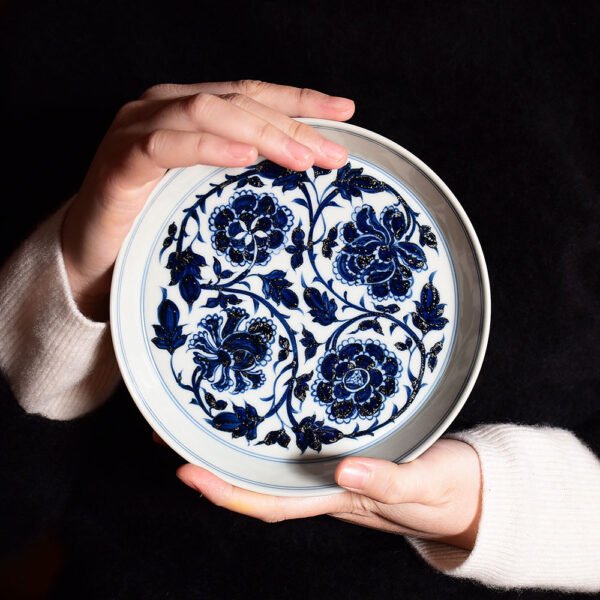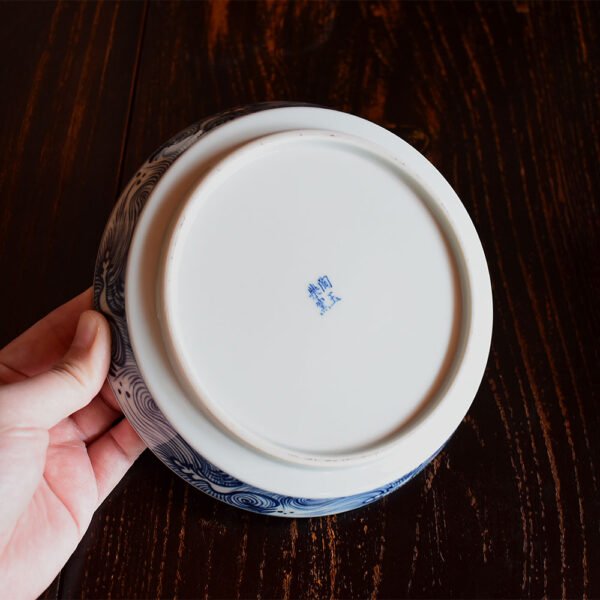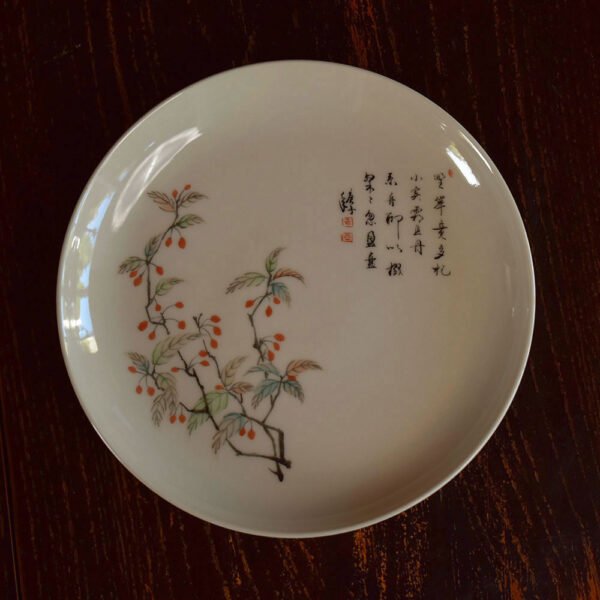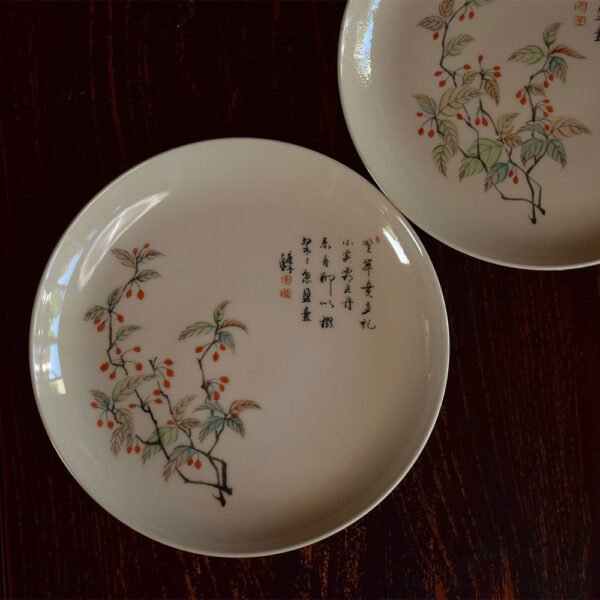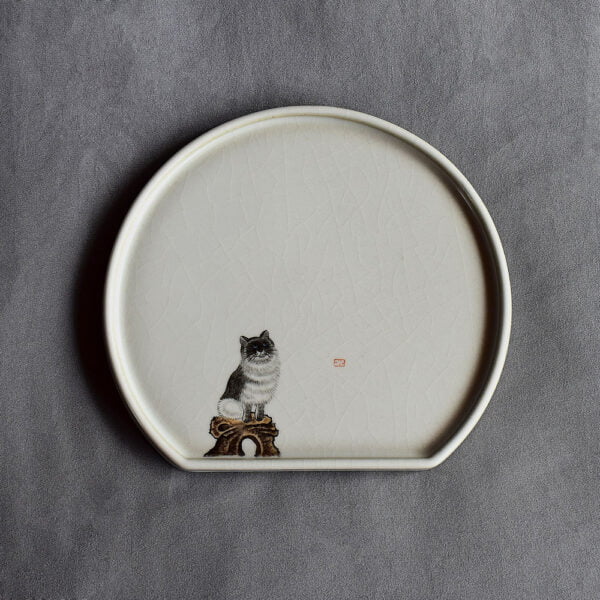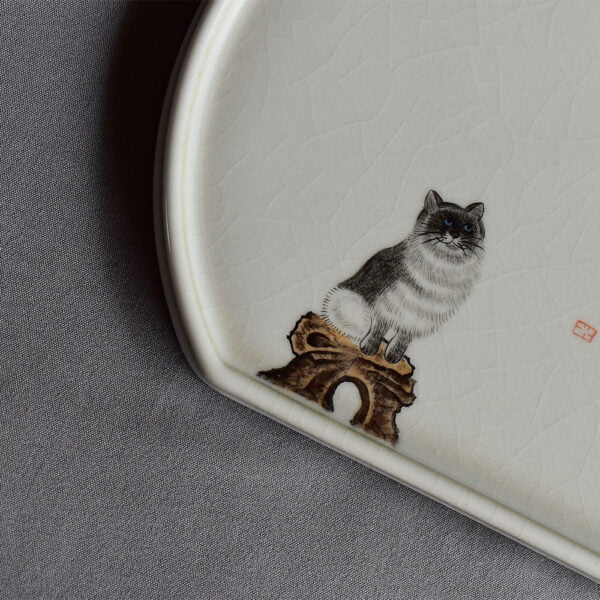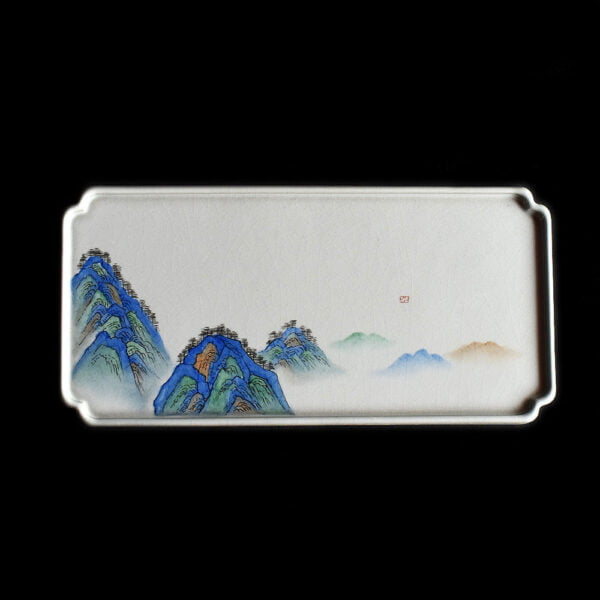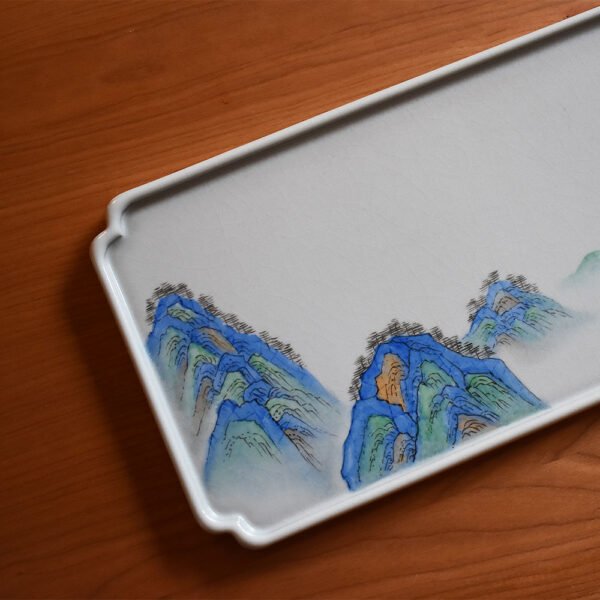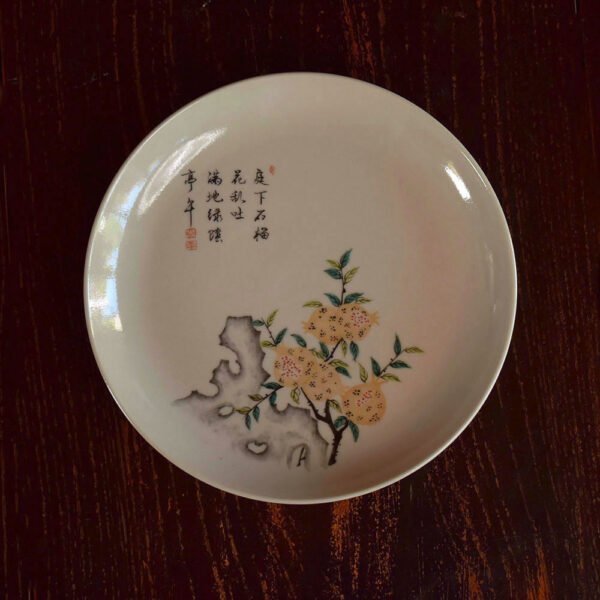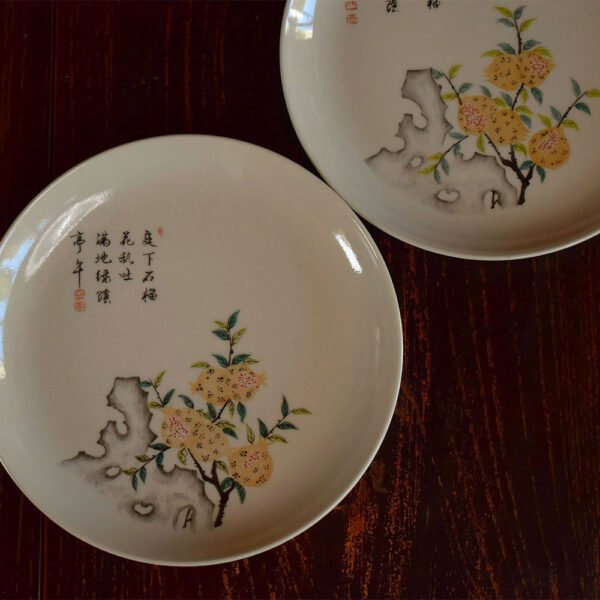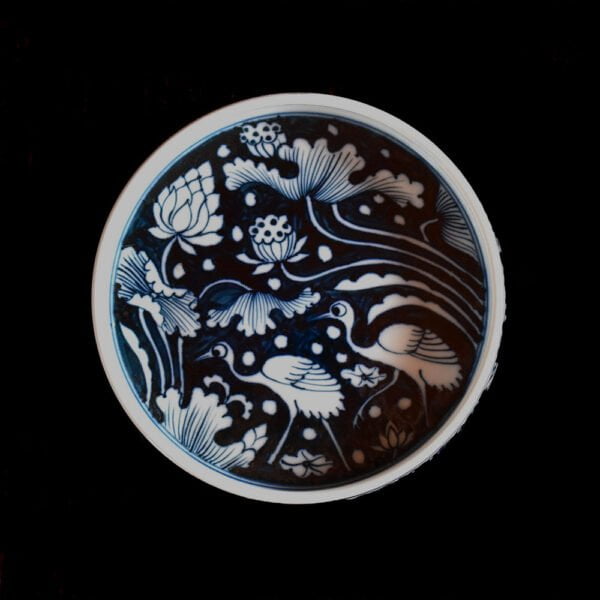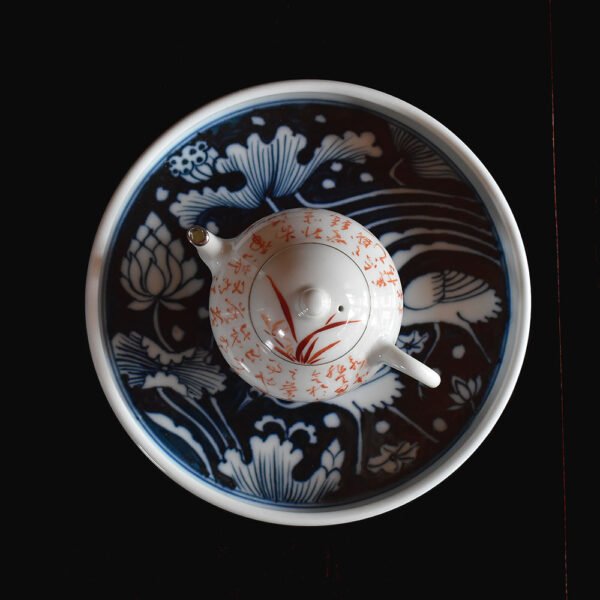Chinese tea tray can be found in two main different types: one features a built-in drainage system, known as ‘Cha Pan’ in Chinese; the other is a support or holder specifically designed for placing teapots, referred to as ‘Hu Cheng’ in Chinese. Though they bear some similarities, the key distinction between them is seen in their use during dry brewing and wet brewing. In the case of dry brewing, only the Gaiwan and the fair cup get wet, facilitating the use of the simpler and smaller Hu Cheng as a replacement for the larger and heavier Cha Pan. Conversely, during the wet brewing process, all the tea wares can become wet, thereby making the Cha Pan, with its primary function being drainage, the centrepiece of the procedure.
Cha Pan is typically larger than Hu Cheng. It affords a space for holding teapots, teacups, and other items utilised in the Gong Fu brewing method. The incorporated drainage system captures excess water, preventing it from spilling onto the table. This feature is particularly handy when brewing certain teas that necessitate extremely high temperatures, as it is often required to pour hot water over the teapot.
In comparison to Cha Pan, Hu Cheng can be considerably smaller. Its purpose is to elevate the teapot above the surface, shielding the table from potential heat damage and safeguarding the teapot from possible harm. While it can contain some water spilled during tea brewing, its capacity is significantly less than that of the Cha Pan.







